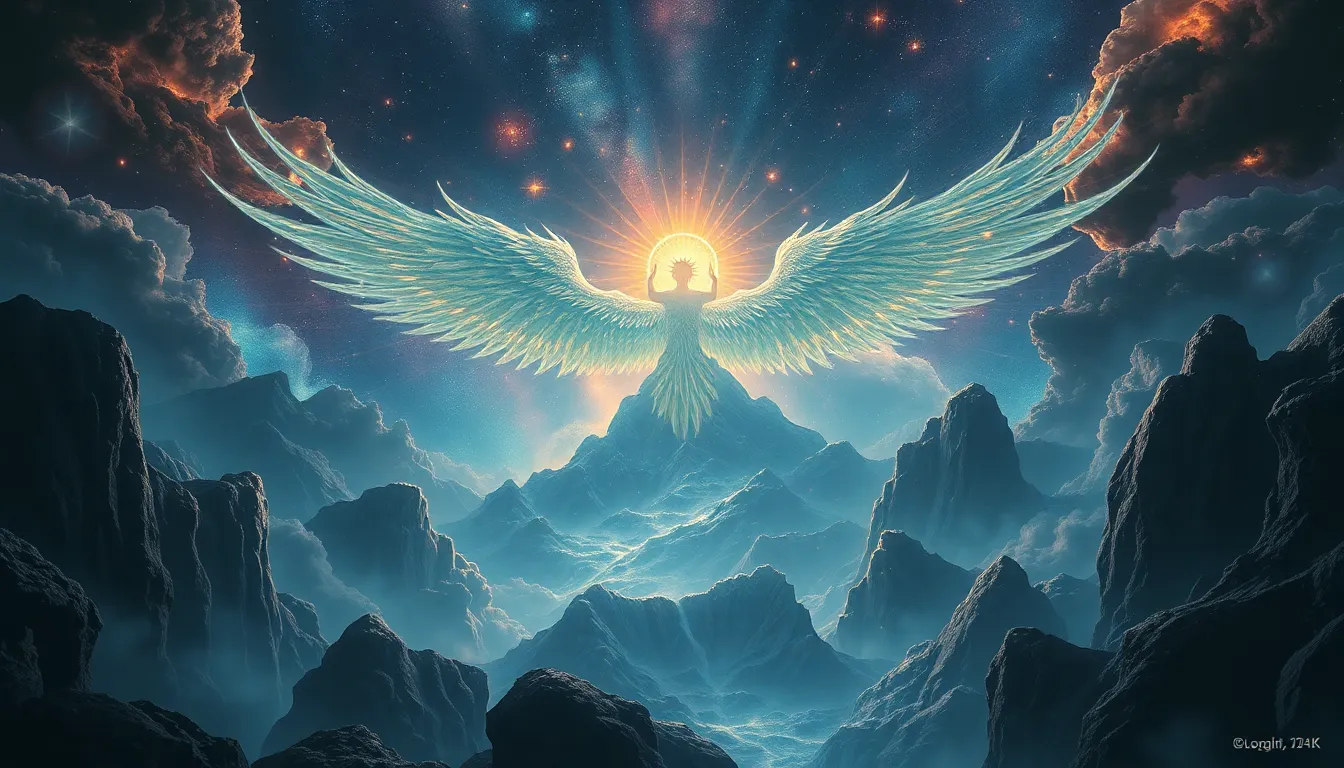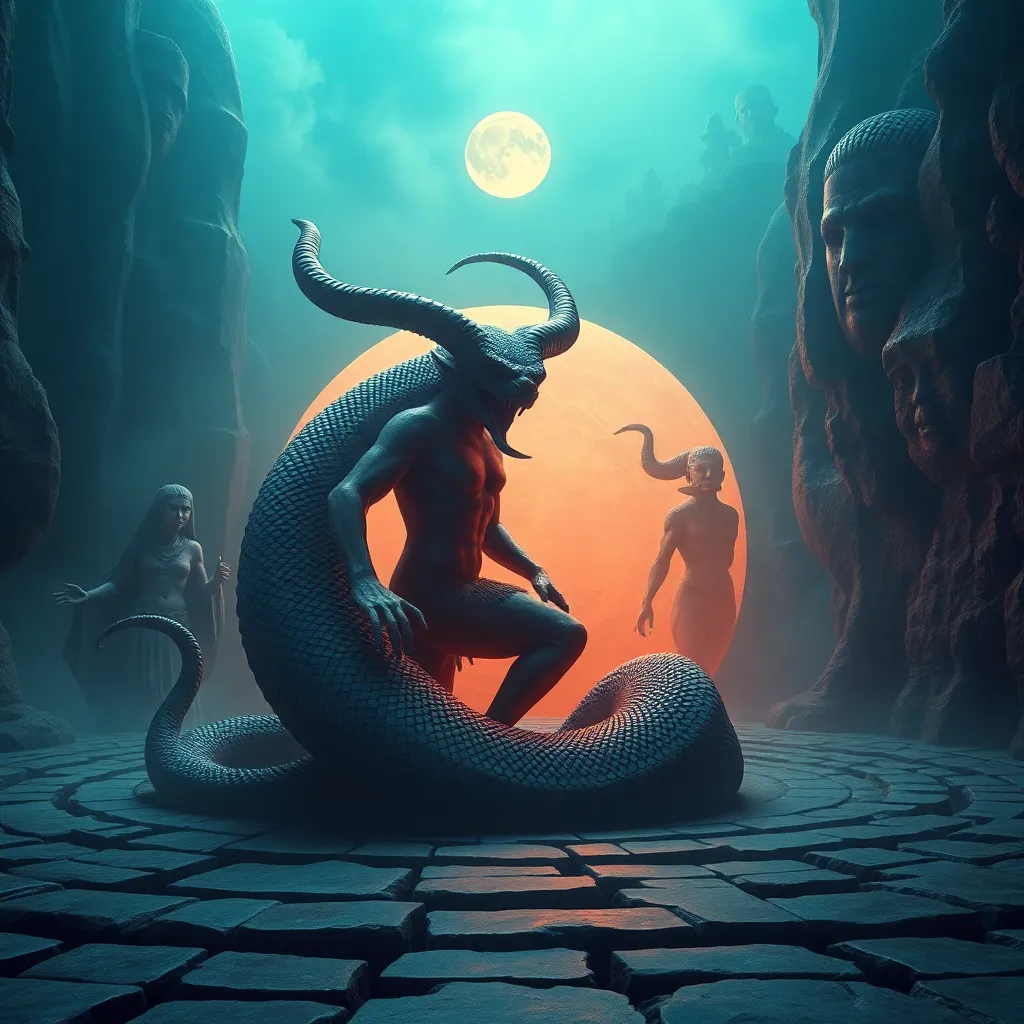Cerberus: The Roman Underworld Guard – A Tale of Power and Fear
I. Introduction
In the rich tapestry of mythology, few figures evoke as much intrigue and fear as Cerberus, the three-headed dog who guards the gates of the underworld. Known primarily from Greek mythology, Cerberus also holds a significant place in Roman lore, embodying themes of power, fear, and the inevitable nature of death. This article delves into the role and significance of Cerberus, exploring his origins, duties, and the lasting impact he has had on both ancient and modern cultures.
II. Origins of Cerberus in Mythology
The origins of Cerberus can be traced back to Greek mythology, where he is introduced as the fearsome guardian of Hades. However, the Romans adapted his image, weaving him into their own mythological framework.
A. Cerberus in Greek mythology versus Roman adaptations
In Greek mythology, Cerberus is portrayed as a monstrous creature with three heads, a serpent-like tail, and a mane of snakes. The Romans, while retaining much of this imagery, often emphasized his role as a symbol of the afterlife and the transition to the underworld.
B. The lineage of Cerberus: offspring of Echidna and Typhon
Cerberus is said to be the offspring of the monsters Echidna and Typhon, two formidable figures in Greek mythology. This lineage underscores his formidable nature and the chaotic elements associated with death and the underworld.
C. Evolution of Cerberus’s image through ancient texts and art
Over time, Cerberus’s portrayal evolved in ancient texts and art. Early depictions emphasize his monstrous attributes, while later representations often highlight his role as a guardian, sometimes even reflecting a more sympathetic or noble aspect.
III. The Role of Cerberus in the Underworld
Cerberus’s primary role in mythology is that of the guardian of the underworld, tasked with preventing the living from entering and the dead from escaping.
A. Description of Cerberus as the guardian of the gates of Hades
As the sentinel of Hades, Cerberus is described as a terrifying creature with three heads, each representing a different aspect of death: past, present, and future. His imposing figure stands as a warning to those who dare to cross into the realm of the dead.
B. Duties and responsibilities: preventing souls from escaping
Cerberus’s primary duty is to ensure that no souls escape from the underworld. He is known to allow only the deceased to enter but will fiercely guard against any attempt to flee. His loyalty to Hades is unwavering, and he serves as a reminder of the finality of death.
C. Cerberus’s interactions with mythological heroes (e.g., Heracles)
Cerberus’s interactions with heroes, such as Heracles, reveal much about his character. In one of Heracles’s Twelve Labors, he is tasked with capturing Cerberus alive, which showcases both the hero’s strength and Cerberus’s formidable nature. Their encounter highlights the delicate balance between fear and respect in the face of death.
IV. Symbolism of Cerberus
Cerberus stands as a powerful symbol within mythology, representing not only death but also the complexities of existence.
A. Representation of death and the afterlife
As the guardian of the underworld, Cerberus embodies the fear of death and the unknown. He serves as a reminder of mortality, prompting individuals to reflect on their lives and actions.
B. The dual nature of Cerberus: protector and punisher
Cerberus’s dual nature as both protector and punisher reflects the complexities of life and death. While he safeguards the gates of the underworld, he also punishes those who dare to escape, illustrating the consequences of defying natural order.
C. Cerberus as a metaphor for fear and control in society
Beyond mythology, Cerberus can be viewed as a metaphor for societal control and fear. His presence represents the darker aspects of power and the ways in which fear can be used to maintain order and compliance.
V. Cerberus in Roman Culture and Literature
In Roman culture, Cerberus continued to play a significant role, appearing in various literary and artistic forms.
A. References in Roman poetry and literature (e.g., Virgil’s “Aeneid”)
Virgil’s “Aeneid” features Cerberus prominently, depicting him as a formidable guardian of the underworld. This reference highlights the Roman adaptation of the myth and the ongoing fascination with Cerberus as a symbol of death.
B. Cerberus’s portrayal in Roman art and sculpture
Roman art often depicted Cerberus in various forms, from intricate mosaics to grand sculptures. These representations reinforced his status as a mythological figure of power and fear, captivating the imaginations of those who viewed them.
C. Influence of Cerberus on Roman perceptions of the afterlife
The portrayal of Cerberus influenced Roman attitudes toward death and the afterlife. He served as a reminder of the finality of death and the importance of proper burial rites, which were crucial for ensuring safe passage to the afterlife.
VI. Cerberus in Modern Interpretations
Cerberus’s intriguing character has transcended ancient mythology and found a place in modern culture.
A. Cerberus in contemporary literature and pop culture
In contemporary literature, Cerberus appears in various forms, from fantasy novels to graphic novels, often symbolizing the struggle between life and death.
B. Adaptations in film, video games, and other media
- Films like “Hercules” and “The Chronicles of Narnia” have featured Cerberus as a guardian figure.
- Video games such as “God of War” and “Dante’s Inferno” portray Cerberus as a formidable foe or ally.
- In anime and manga, Cerberus often appears as a loyal companion or a fearsome creature, adapting to various narratives.
C. The lasting impact of Cerberus on modern interpretations of mythology
Cerberus’s continued presence in popular culture demonstrates his lasting impact on modern interpretations of mythology, serving as a bridge between ancient fears and contemporary narratives.
VII. Conclusion
Cerberus remains a potent symbol of power and fear, encapsulating the complexities of death and the afterlife. His role as a guardian of the underworld serves as a reminder of mortality and the societal constructs surrounding it. As we continue to explore the myths of the past, the legacy of Cerberus endures, resonating in modern society and inspiring new interpretations of this formidable figure.
VIII. References and Further Reading
- Bulfinch, Thomas. Bulfinch’s Mythology.
- Graves, Robert. The Greek Myths.
- Virgil. Aeneid.
- Online resources such as the Perseus Digital Library and Theoi Greek Mythology.
- Further studies on mythological figures and their cultural significance.



